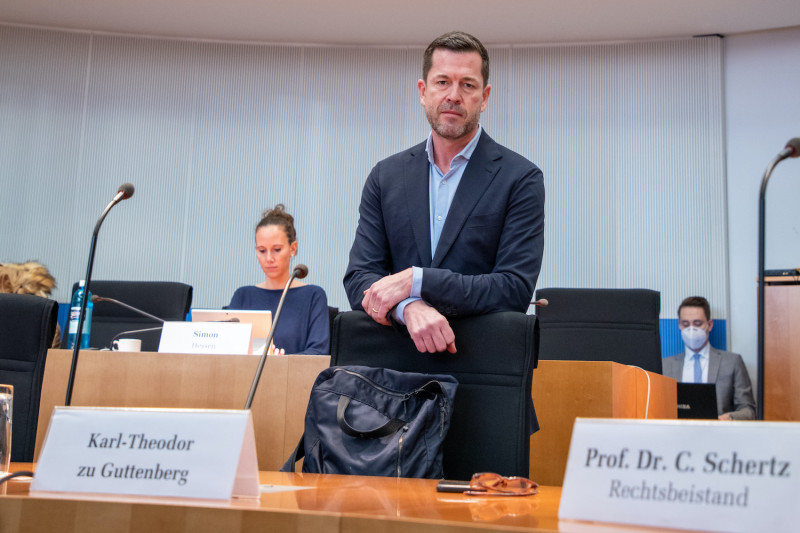
Plagiarism is one word that has become infamous in the field of academics and almost all professions. The issue of plagiarism is age-old and has crossed even the boundaries of language. People still struggle to find a suitable method of preventing plagiarism.
Plagiarism refers to the act of using unauthorized content, whether it is written, printed, or digital content. The content creator uses the work of other authors without their knowledge and consent. Plagiarized content is duplicate content that denies the original content creators the recognition they deserve.
Plagiarism is not always intentional. If the writers consciously choose to copy someone else’s work without thinking about the consequences, they indulge in intentional plagiarism. Often, content creators use other author’s quotes or ideas without following the proper method of using sources or using copyright content and indulge in unintentional plagiarism.
However, irrespective of its type, plagiarism of all kinds is unethical and is dealt with strictness in all fields. Plagiarized or duplicate content meets the same consequence.
Advanced technology has ensured easy access to content, printed and digital. Now, this, in turn, has given rise to cases of plagiarism. In plagiarism, Germany is no exception. However, concerning copyright laws and plagiarism checker tools have proven to be somewhat effective in reducing Germany’s plagiarism.
Laws in Germany to Prevent Plagiarism
Germany has stringent law for preventing plagiarism in higher studies:
- They have centrally administered agencies appointed to check the quality of education imparted and the standard of education.
- State-led agencies are responsible for accrediting institutions providing higher studies opportunities based on the quality of education delivered.
A Brief Introduction to Plagiarism Scandal of Guttenberg
Guttenberg plagiarism scandal provides a glimpse of strict policies of plagiarism in Germany. The scandal describes the German political scandal that ultimately led to Karl-Theodor zu Guttenberg’s resignation, the Minister of Defence of Germany. He was accused of plagiarism over his doctoral dissertation.
In the year 2011, in February, the first accusations of plagiarism in Guttenberg’s dissertation came to the focus. The Minister’s doctoral dissertation, “Verfassung und Verfassungsvertrag” which translates as Constitution and Constitutional Treaty, is the basis of his doctorate received in the year 2007 from the “University of Bayreuth.”
At first, Guttenberg was in a state of denial, who declared that his errors in the citation and references were unintentional. On 23 February 2011, Guttenberg apologized in parliament for the errors and missing attributes in his thesis.
However, he continued to deny claims of intentional plagiarism. The “University of Bayreuth” withdrew Guttenberg’s doctorate on 23 February 2011, which forced Guttenberg to resign as “Minister of Defense” from his seat in the Bundestag and all other political offices 1 March 2011.
How to create plagiarism-free content?
- The content creator and freelance writer can surf through various sources to gather information and get exposure. However, while creating the content, the source must not reflect in the creator’s work. The creator must be aware not to cross the fine line between inspiration and plagiarism through ai rewriter.
- Students research various authors’ works while preparing their research papers and presentations. To reduce the chance of plagiarism, students use thesis checker tools to prevent copying of sentences, phrases, words, or even ideas with compare text features.
- Manual proofreading can be conducted to prevent self-plagiarism, i.e., repeating one’s creation to produce new content.
- Writers and digital content creators must not pass off any content as their own that does not belong to them.
- Many writers and websites use copyright to declare their sole ownership over their content. While looking for suitable sources, one must avoid content with copyright to avoid copyright infringement and being penalized for the same.
- If the content creator has used an outside source or multiple sources, they must acknowledge those sources in the reference or the bibliography section. It is essential, particularly for students pursuing higher studies. They must follow a proper process of citation.
- Using citation and quotation marks while using any author’s direct words in a text also reduces the risk of plagiarism accusations.
- While summarizing or paraphrasing, replace all words except the generic terms to create plagiarism-free content.

